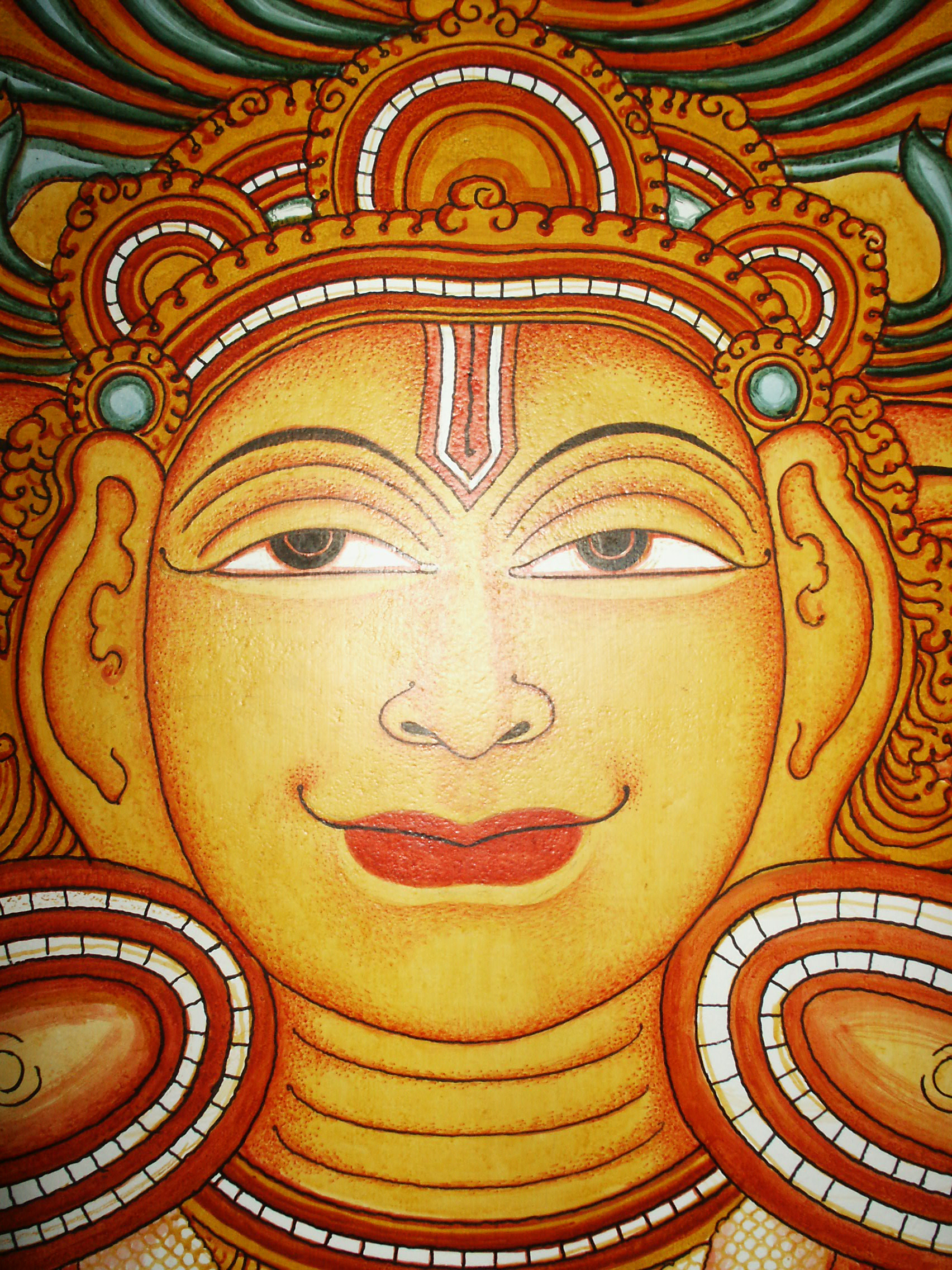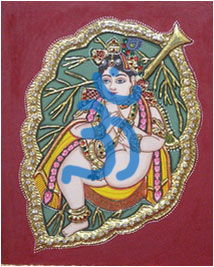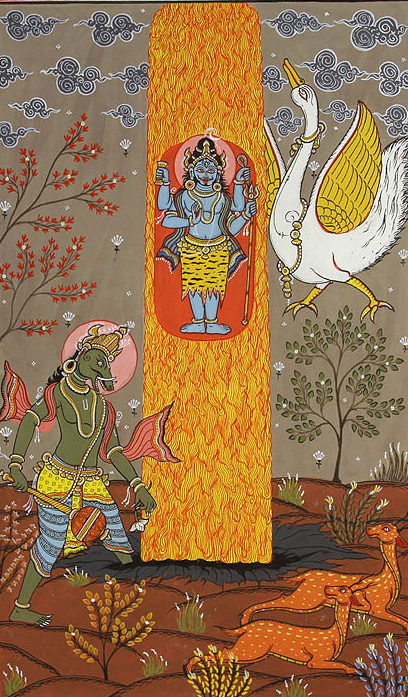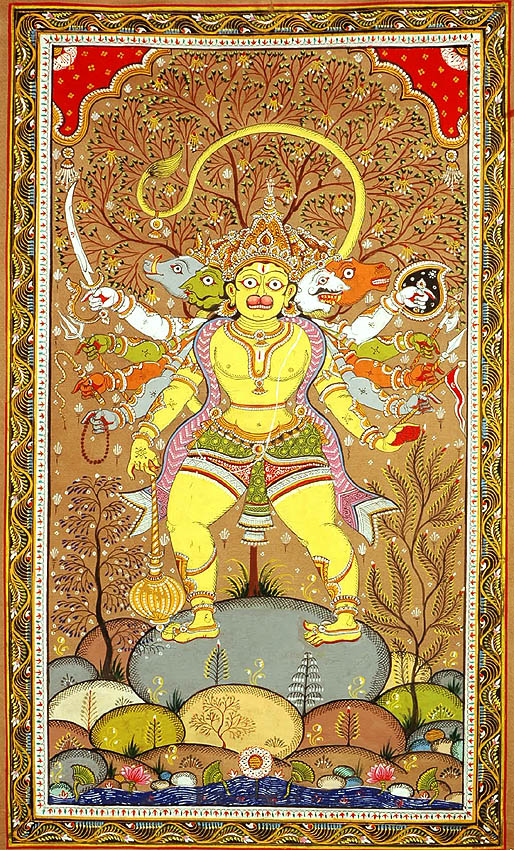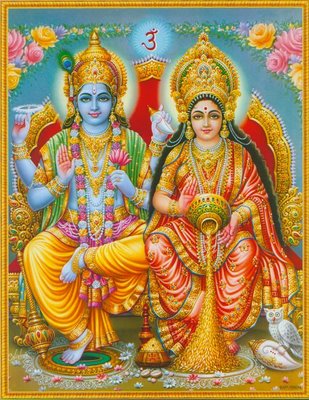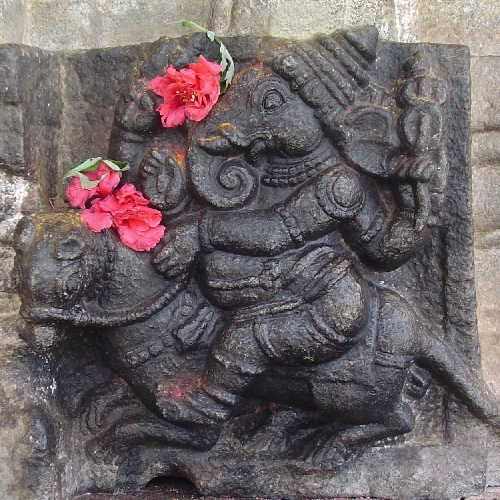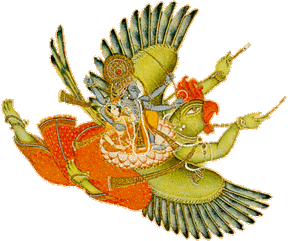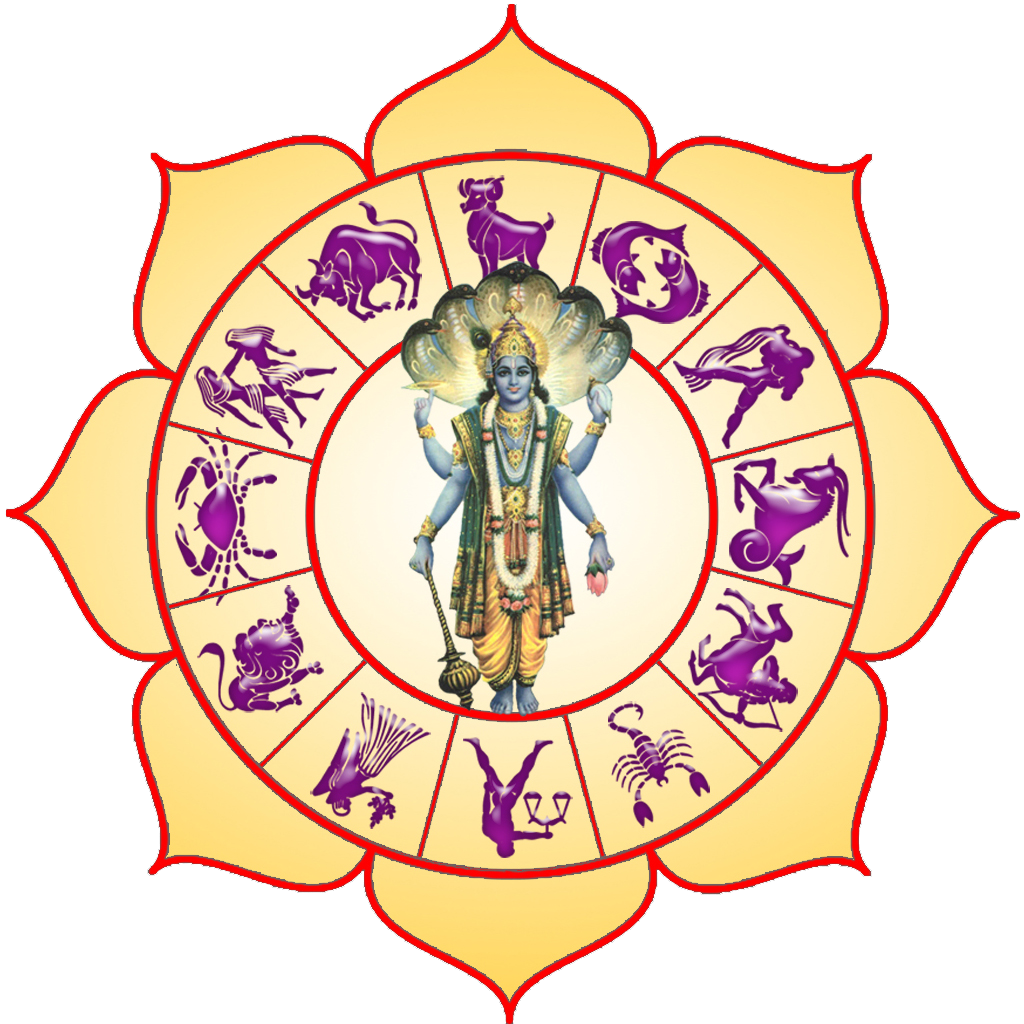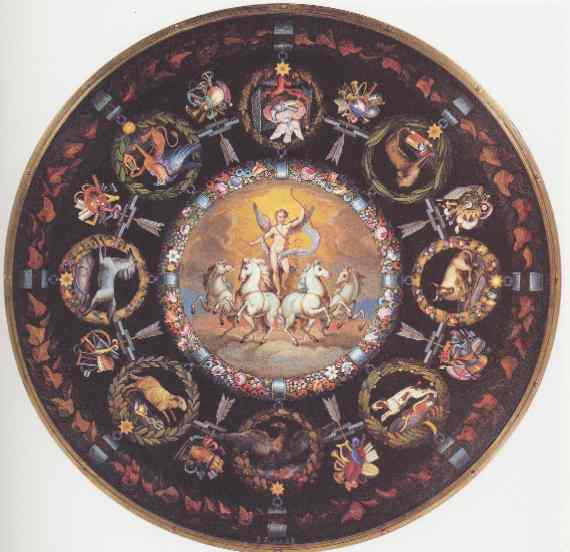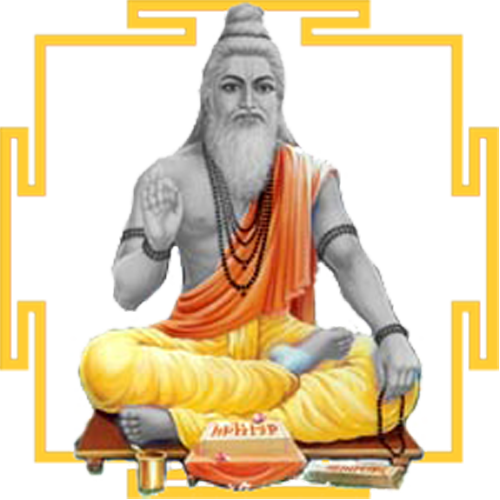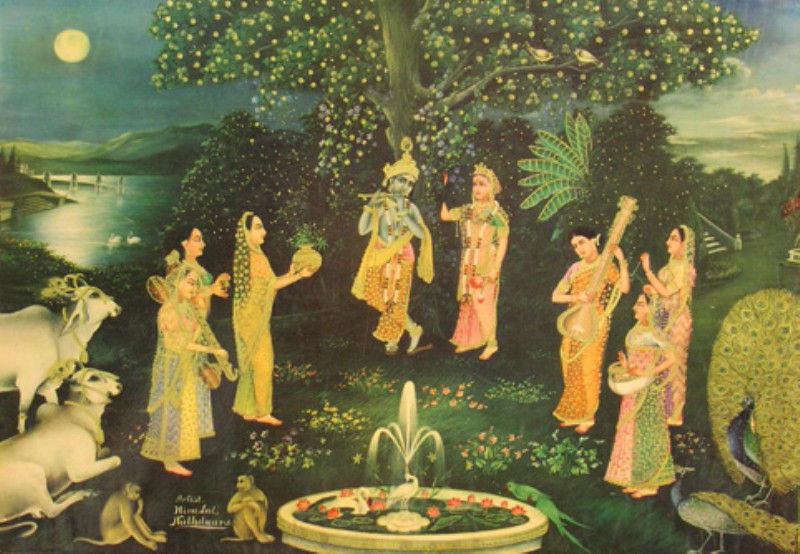Online Classes
How are the classes conducted online through internet?
Answer: The classes are conducted through lessons. These lessons are online pages and they also have video in the form of recorded slides from live classes that were conducted in the Himalayas.
We also have a Yahoo! Group for answering your questions from time to time and those who ask are always the ones to benefit the most besides benefiting others.
You can study at your own pace but it is good to study an hour a day at least


